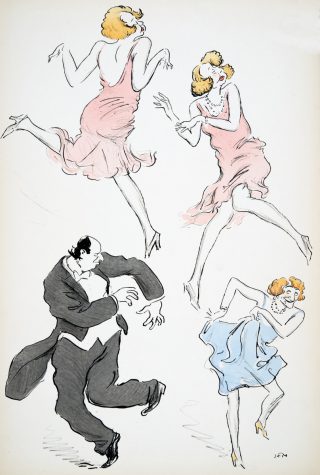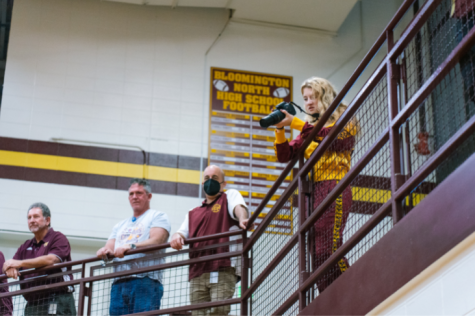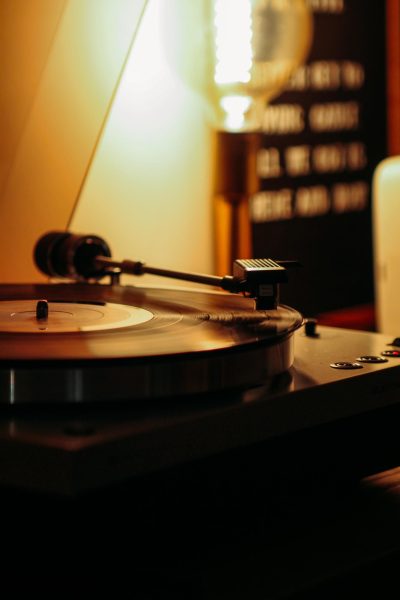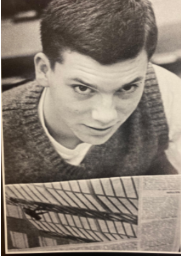The Rise of LGBTQ+ Nightlife in the 1920s
The roaring twenties was a time of steep ascension for the LGBTQ+ nightlife scene in the United States. The incline having been so significant that even non-LGBTQ+ people went to gay clubs for most of their entertainment.
The trend mainly started with civil balls, or “drag balls” way back in the mid-1800s, but they really became popular in the 1920s. By around 1925 the Renaissance Casino in New York City became a popular spot, hosting these famous civil balls, and attracted people of all sexual orientations, races, and social classes.
This is an extremely pivotal part of gay history but has hardly been recognized because Stonewall (1969) is most often marked as the start of the gay rights movement, nearly half a century later. There was a backlash against gay men, but these same men created much of the nightlife scene in up and coming city neighborhoods, performing in drag on stage. The 1920s not only welcomed these drag performances but gay men and lesbians quickly became part of the scene.
As the United States entered a period of economic growth, with it came wider sexual freedom, the traditional symbol of the roaring twenties, the flapper, and new opportunities for LGBTQ+ culture. Because of the clubs’ popularities, heterosexual men would often go to enjoy the entertainment, which provided safe cover for queer men and women to socialize with other people who might be interested in them. By the time the 1930s came around, many blamed the experimentation of the 20s for the economic collapse, leading to increasingly more backlash until people felt scared to be themselves and could no longer express themselves in public. This made homosexuality seem more dangerous to the average American and helped build the stigma around being gay, even in modern society.

A 1927 illustration of three transgender women and a man dancing at a nightclub.










